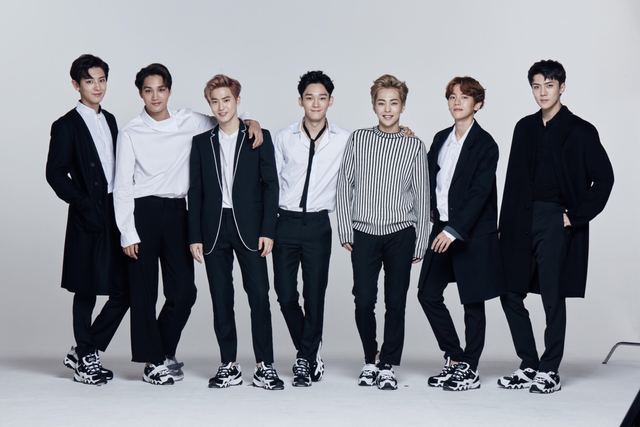Hyper-Tailoring of Kpop Videos

Where’s your Head at?
Watch the first 30 seconds of any Kpop music video and you’ll learn all you need to know about the pace of the Korean music industry. It’s blazingly fast, to a nonsensical degree. KPop in particular forgoes any aspect of narrative or progression. It’s typically just a blur of different hair colors, dance moves, and completely irrelevant scenarios.
And yet, it’s hard to even compare KPop’s ubiquitous digital presence with any meaningful and mainstay representation as real personas.
Let’s just do a quick exercise in comparison. Take the following video by EXO, arguably the most popular of all Kpop groups in part due to its inclusion of both Chinese and Korean babyfaced idols. It was a major hit last year and the group is known for its elaborate music video sequences in particular-
Now compare that to a live performance by the same group and the same song. See what you can notice to be the major differences -
You can tell from the MV that it is filled with split-second constant cuts from one scene or person to another. This is a major masking technique to give an illusion of high intensity and skill. Comparatively, the live performances are dull and lackluster, delegated to a tiny subset of TV broadcasting since they’re much less than noteworthy. Despite the fact that these performers train for close to a decade full-time and technically skilled enough to dance and sing live, the entire format of Korean popular music is designed in a way to only promote a mirage of who the people are. It is cultural invention at its best.
Breaking World Records
Just a few days ago, BTS broke the world record for number of YouTube ‘Likes’ in day, hitting a whopping 3-point-some MILLION likes in the first 24 hours. It now stands at around 5 million.
I bring this up because we’re entering a generation of music where digital fame and access are far more critical than physical presence. A person or group can only do so many live performances, tours, or tv cameos.
We’re also seeing the slow waking of the Asian market when it comes to mainstream media. Hollywood and New York, step aside. As music and entertainment become sheer numbers games, we’ll likely witness an Asian (likely Korean) idol emerge to be even more dominant than Justin Bieber. All those sci-fi movies were propheting an accurate future of asian cultural dominance.
Anyway, I just wanted to draw the link between this incredible slant towards digital representation and connect it with the media rise of Korean popular music.
Let me know what you think below! I’m excited to see the impact of holograms on all of this as well.

This post has been voted on from MSP3K courtesy of @Scuzzy from the Minnow Support Project ( @minnowsupport ).
Bots Information:
Join the P.A.L. Discord | Check out MSPSteem | Listen to MSP-Waves
@hansikhouse!
You've been featured on Scuzzy's Weekly Music Curation post on behalf of @msp-music. Thanks for sharing your insight with us!
Here's the link to the original post: https://steemit.com/music/@scuzzy/scuzzy-s-weekly-music-curation-05-25-18-or-msp-music-community-curation-initiative
해석은 못하지만 한국 가수들이 보여 왠지 반갑습니다 ~^^